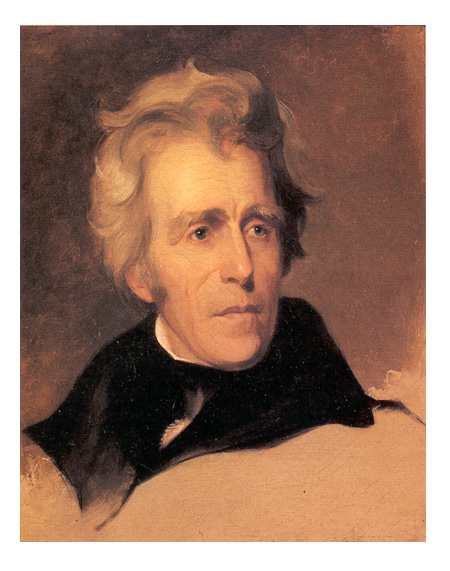History never looks like history while you are living through it.....John W. Gardner
Friday, August 27, 2010
Clipper Ships
“Never, in these United States,” wrote historian samuel Eliot Morison, “has the brain of a man conceived, or the hand of man fashioned, so perfect a thing as the clipper ship.”
The word “clip,” which meant simply “to cut”, later came to mean “to move quickly”.” So a clipper ship was a fast-sailing one.
Clipper ships were the fastest and most beautiful sailing ships ever built. Between 1845 and 1859, American shipyards produced nearly 500 of them. The speediest were the giant Yankee clippers. With their masses of sail, these long, slender ships could travel up to 400 nautical miles a day.
Clippers were first built to carry goods to and from China. After the discovery of gold in California in 1848, they carried prospectors and supplies from the East Coast, to the gold fields. Earlier, this 15,000-mile trip around the southern tip of South America took five months. But by the early 1850s speedy clippers such as the Flying Cloud had cut the time to three months. Clippers set other records, too. In 1849, the Sea Witch sailed from Hong Kong to New York in 74 days. In 1852, the Challenger raced from Japan to California in 18 days. And in 1860, the Andrew Jackson sailed from New York to Liverpool, England, in 15 days. But by then steamships, which did not depend on wind, were replacing the clippers. The era of these “greyhounds of the sea” were coming to a close.
Tuesday, August 24, 2010
Andrew Jackson
Andrew Jackson was called “Old Hickory” by the soldiers he commanded. Like the hickory tree, he was strong and tough. But his soldiers loved him, and so did the American people.
Born in the backwoods log cabin. Jackson fought in the Revolutionary War when he was only 13. When he was 14, Andrew Jackson refused to shine the boots of a British officer. The officer slashed him with his sword, leaving a permanent scar on Jackson’s head.
As a young lawyer he moved to Nashville, Tennessee, where he became a cotton planter, a Congressman, and a militia officer. During the War of 1812 against Britain, he commanded the victorious American troops at the Battle of New Orleans. That triumph made Jackson a national hero. Although he narrowly lost the presidential election of 1824, he won easily four years later.
During his eight years in the White House, Jackson used his powers to strengthen the national government and improve the lives of ordinary Americans. He firmly opposed those who believed that individual states could nullify (cancel) laws they didn’t like. He fought against the Bank of the United States, which he thought favored the rich. And he vetoed many bills that seemed to him to be undemocratic. Because he fought for the average man against the wealthy, Andrew Jackson was known as “the people’s president.”
Born in the backwoods log cabin. Jackson fought in the Revolutionary War when he was only 13. When he was 14, Andrew Jackson refused to shine the boots of a British officer. The officer slashed him with his sword, leaving a permanent scar on Jackson’s head.
As a young lawyer he moved to Nashville, Tennessee, where he became a cotton planter, a Congressman, and a militia officer. During the War of 1812 against Britain, he commanded the victorious American troops at the Battle of New Orleans. That triumph made Jackson a national hero. Although he narrowly lost the presidential election of 1824, he won easily four years later.
During his eight years in the White House, Jackson used his powers to strengthen the national government and improve the lives of ordinary Americans. He firmly opposed those who believed that individual states could nullify (cancel) laws they didn’t like. He fought against the Bank of the United States, which he thought favored the rich. And he vetoed many bills that seemed to him to be undemocratic. Because he fought for the average man against the wealthy, Andrew Jackson was known as “the people’s president.”
Monday, August 23, 2010
Colorado
In 1806, Zebulon Pike journeyed west to explore the vast territory the U.S. had bought from France in the Louisiana Purchase. Crossing the Great Plains into present-day Colorado, he reached the spectacular Rocky Mountains and the snow-covered mountain that now bears his name, Pikes Peak.
More than 50 years later, gold was discovered nearby. Thousands of propectors set out for the region, determined to reach “Pikes Peak or bust.” Loggers, ranchers, and farmers followed the miners to Colorado, which became a territory in 1861 and achieved statehood in 1876.
Today, 80 percent of Colorado’s residents live in the central part of the state, in a band of rolling hills along the edge of the Rockies. Denver, the capital and largest city, is there. The area boasts comfortable summers and cold, unusually sunny winters, periodically broken by the famous “Chinook” wind. A hot dry Chinook, gusting down from the mountains, can raise temperatures 30 to 40 degrees in an hour. Many of Colorado’s old gold-and silver-mining towns are now ghost towns, but mining remains important in the economy as do ranching, farming, and manufacturing. So is tourism.
Colorado is famous for its dramatic scenery, splendid national parks and forests and glamorous ski resorts such as Vail and Aspen.
Colorado, the highest state, has an average elevation of 6,800 feet.
Subscribe to:
Posts (Atom)


